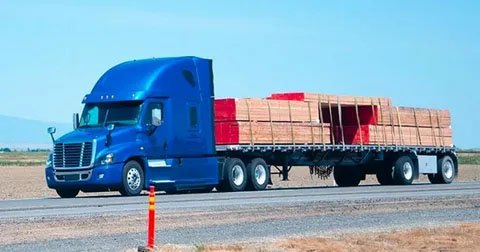Many first-time customers using special containers will find that the final settlement amount is significantly higher than the initial “ocean freight” quote they received. This significant difference stems from easily overlooked “hidden costs.” A full understanding of these costs is key to effective budget management.

I. Ten Must-Know “Hidden Costs”
1. Over-Gauge Surcharge: This fee is charged by shipping companies whenever the cargo exceeds the dimensions of a standard container. The fee is typically tiered by the degree of excess (in centimeters/inches).
2. Cleaning Fee: If residue (such as wood chips, oil stains, or rust) remains inside a container upon return, the container rental company will charge a hefty cleaning fee.
3. Crane/Lifting Fee: This fee is incurred for loading and unloading cargo using shore or floating cranes at the port of departure and destination. This fee is typically charged by specialized crane companies and can be quite high. 4. Lashing & Securing Fee: This includes the cost of purchasing or renting materials such as chains, straps, and timber, as well as labor costs for securing.
5. Demurrage & Detention:
Demurrage: Fees incurred when a container exceeds the free storage period at the terminal.
Detention: Fees incurred when a container exceeds the free storage period outside the terminal (e.g., when loading at a factory). Special containers are complex to operate and require longer loading/unloading times, making these fees more likely to be incurred.
6. Road Survey and Permit Fee: For inland transportation, you must apply for an “Oversized Transport Vehicle Permit” from the transportation department and may be required to pay for route surveys and escort fees.
7. Special Handling Fee: This is an additional handling fee charged by the terminal for handling special containers.
8. Insurance Premium: Special container cargo carries a higher value and carries a higher risk, resulting in higher freight insurance premiums. 9. Equipment Positioning Fee: This fee is incurred when the designated pickup point doesn’t have the required special container.
10. Truck Waiting Fee: This fee is incurred when the carrier vehicle waits for extended periods due to loading and unloading delays.
II. How to Avoid and Reduce These Costs?
1. Plan Ahead and Allow Ample Time: Leaving ample time for loading, unloading, and customs clearance is the most effective way to avoid demurrage, detention, and truck waiting fees.
2. Ask for an All-Inclusive Price: When requesting a quote from a logistics provider, request an “all-in” quote that lists all potential costs, not just the ocean freight.
3. Professional Operations for Improved Efficiency: Hiring a professional team for securing and loading and unloading cargo will incur a fee, but it can significantly improve efficiency, avoid delays and damage caused by improper operation, and ultimately save you money. 4. Post-cleaning: Thoroughly clean the container before returning it to avoid high cleaning fees.
5. Purchase comprehensive insurance: Don’t skimp on insurance premiums; comprehensive insurance is your ultimate protection.
Conclusion: The key to managing special container shipping costs is foresight. Understanding all potential costs in advance and clearly defining them in the contract and budget will help you avoid surprises on the final bill and achieve successful cost control.
